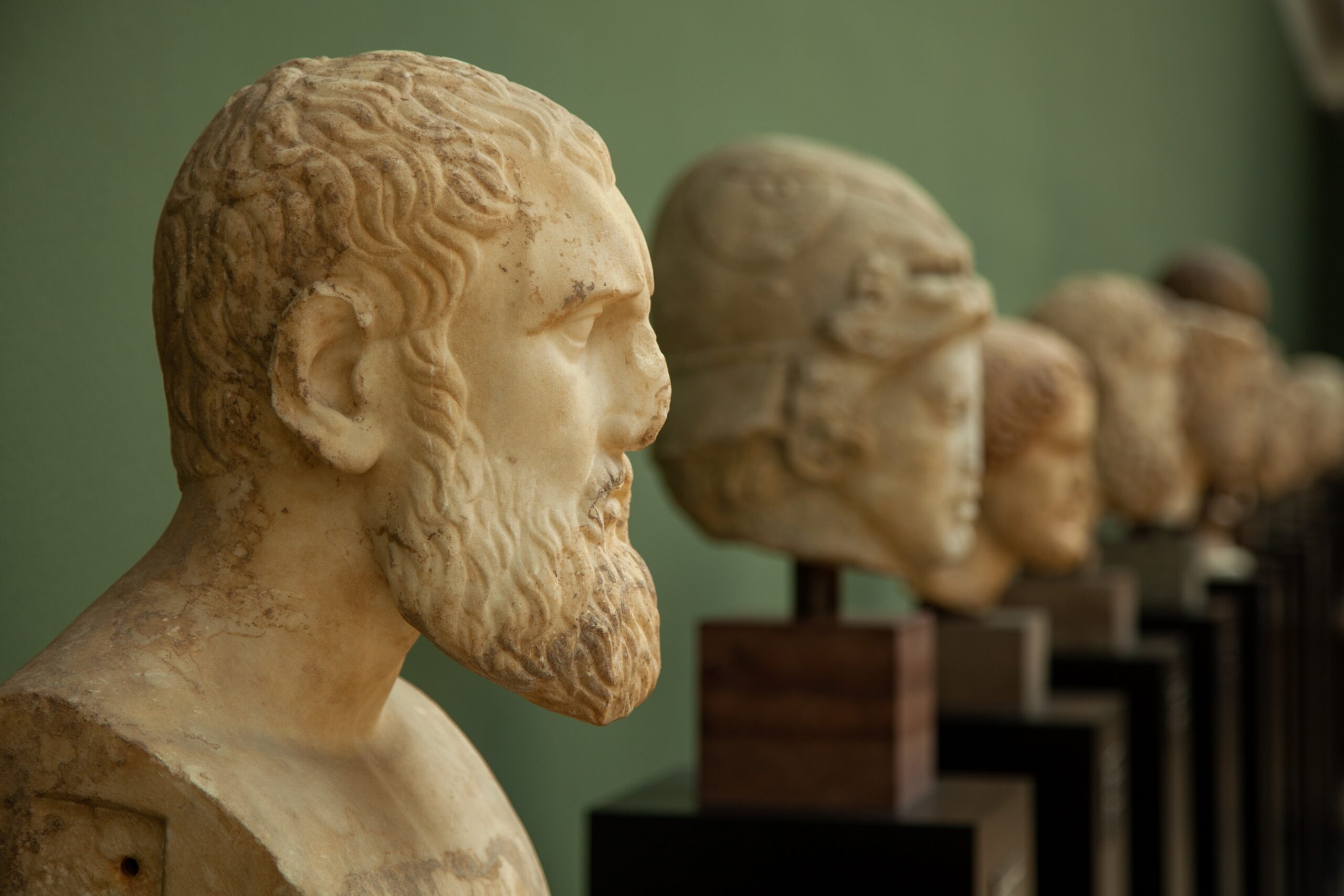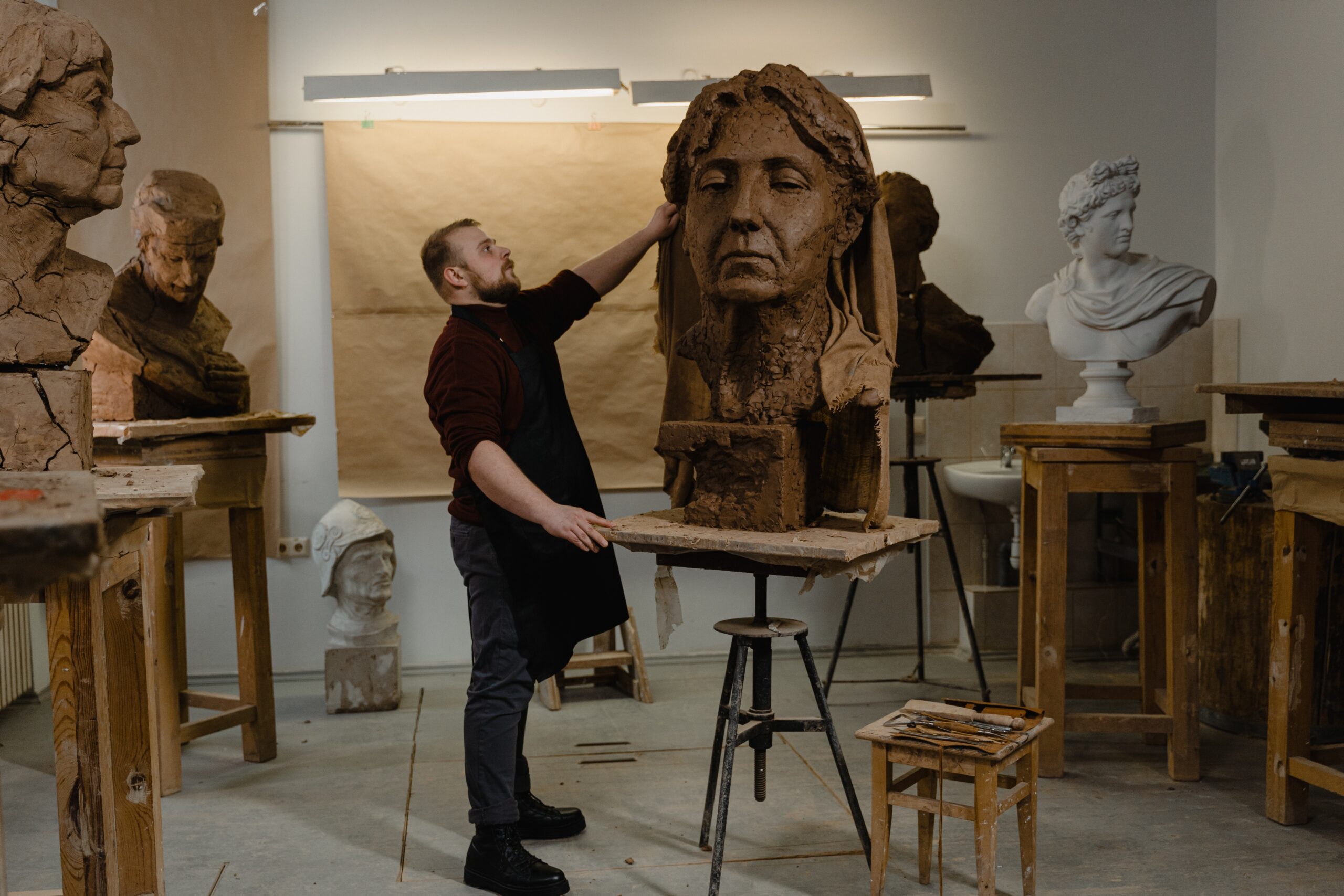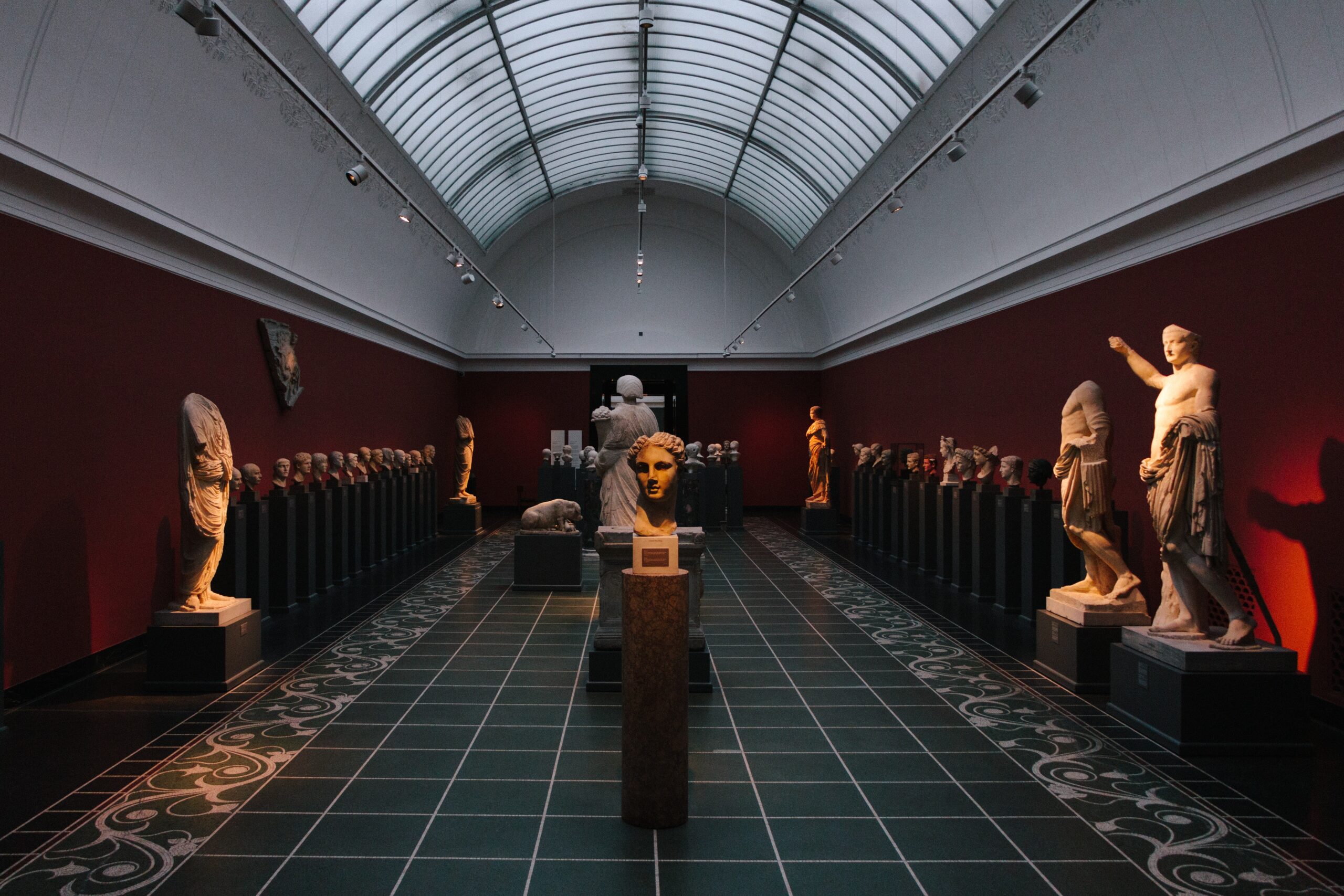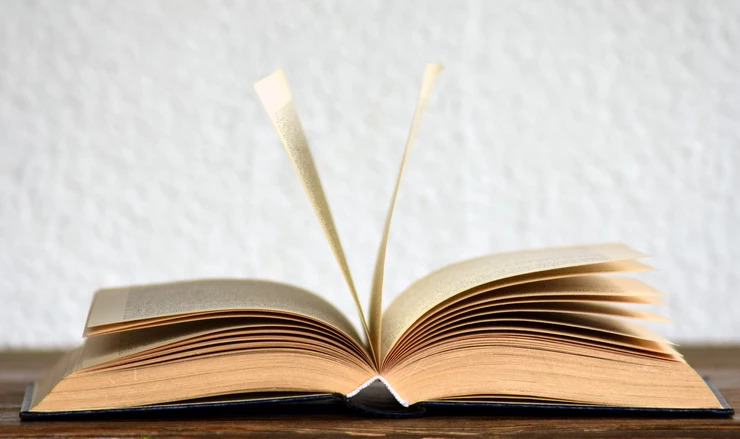“Museums hold in one body the diverse physical and intellectual resources, abilities, creativity, freedom, and authority to foster the changes the world needs most.”
Curator: The Museum Journal, 2017.
A museum and the entire team of curators, educators, collections managers, registrars, exhibit designers, conservators, and researchers have high regard for environmental impact and related factors that affect collection care and art conservation. Other than that, the landscape managers, facilities operators, administrators, media managers, and fundraisers also remain wary of the contributing factors that threaten the cultural heritage.
The antiques and other collections, at some point, are exposed directly or indirectly to storm events, mechanical impacts, atmosphere, heat, and which lead to deterioration and loss.
Intersections of environmental and climate issues with Collections
• Systems
• Collections
• Institutional
• Environment & Climate
• People
• Care professionals
• Institutional leadership
• Outside partners, vendors, bureaucracy
• Consumption
• Energy
• Materials
• Content
• Protection
• Information
What are the environmental impacts?
• Creating and releasing toxic chemicals in air, soil, and water
• Creating and disposing of waste instead of resources
• Over-consumption of resources, damaging systems
• Damaging or destroying habitat for plants and creatures
• “Harvesting” plants or creatures past viability and recovery
• Emissions from fossil fuels, animals, food, and waste that form a heat-trapping blanket in the atmosphere
• Resource consumption that disrupts systems by limiting cooling (hard surfaces, deforestation, changes in plant growth)
• Habitat damage and loss; over “harvesting” destroys species integral to ecosystems
What are the Collections care environment and climate concerns?
• Materials Consumption
• Store, display, ship and exhibit them
• Clean and conserve and protect them
• Energy Consumption
• Manage T/Rh for collections in storage and exhibits
• Light them in exhibits
• Clean and conserve and protect them
• Move them around
What are the agents of deterioration?
- Physical forces
- Thieves, Vandals, Displacers
- Fire
- Water
- Pests
- Pollutants
- Light
- Incorrect Temperature
- Incorrect Relative Humidity
- Custodial Neglect & Dissociation
Factors to consider while creating storage space
- Shape/Size- It is important to know how the object size and shape of your object and how that interacts with the area
- what are the limitations in Space
- what orientation and shape should your object be in
- what kind of adjustments you might make
- how to do those most safely
- Support
- Individual materials and what they need to be safe in terms of those physical forces.
- Surface
- Estimating the fragility of the object
- Figuring the surface strength
- How smooth surfaces can be used or how can you protect the surfaces better in storage.
- Sensitivity
- Storing the object/collection in the most appropriate manner that remains respectful to its culture.
- Giving say to the people who have cultural links to the collection.
- The collection is cared for according to tradition. They are stored with appropriate materials to honor their traditions.
- Consultation and Research included
- Access
- Providing ways and means for researchers or bicultural groups to access the objects safely.
- Easy and safe access that aids them in research and keeps the object protected.
- Special environment
- Microclimates like increased air circulation.
- Controlled humidity
- Controlled oxygen
- To protect the object from outside
- pollutants
- To contain hazardous materials
- To absorb products being generated by the collection object
Special environments for Collections
- Mylar enclosure for PVC
- Anoxic environment for rubber
- Ventilated storage for cellulose nitrate and cellulose acetate leading to low humidity for metals.
- Paper products
- Tissues, paper, folder stock/card stock, board, corrugated board. It can be used to line less ideal materials.
- Acid-free
- Buffered (can use with papers, cotton, and other plant-based fibers; do not use for photographs, silk, or wool)
- Unbuffered (Photographs, wool, and silk. When in doubt, use Unbuffered paper products)
- Textiles
- Unbleached cotton muslin
- Silk crepe line
- Polyester organza
- Reemay
- Hollytex
- Cotton twill tape
- Polyester batting
- Adhesives
- Hot-melt adhesive. Lower melt for foams and higher melt for boards
- Double-stick tape
- Fish glue (for use where you may want to use non-synthetics for cultural reasons)
- Non-adhesive methods
These timeless pieces of art, cultures, and traditions require immediate attention at all times. Right from tools to storage materials, everything matters. Art preservation is a crucial agenda and from curators to archivists and suppliers should be able to handle their responsibility with utmost vigilance and care.
In the museology domain, Preserve, Protect, and Defend: A Practical Guide to the Care of Collections remains a great source of information about the various aspects of museums and their collections care and the people associated with them.



